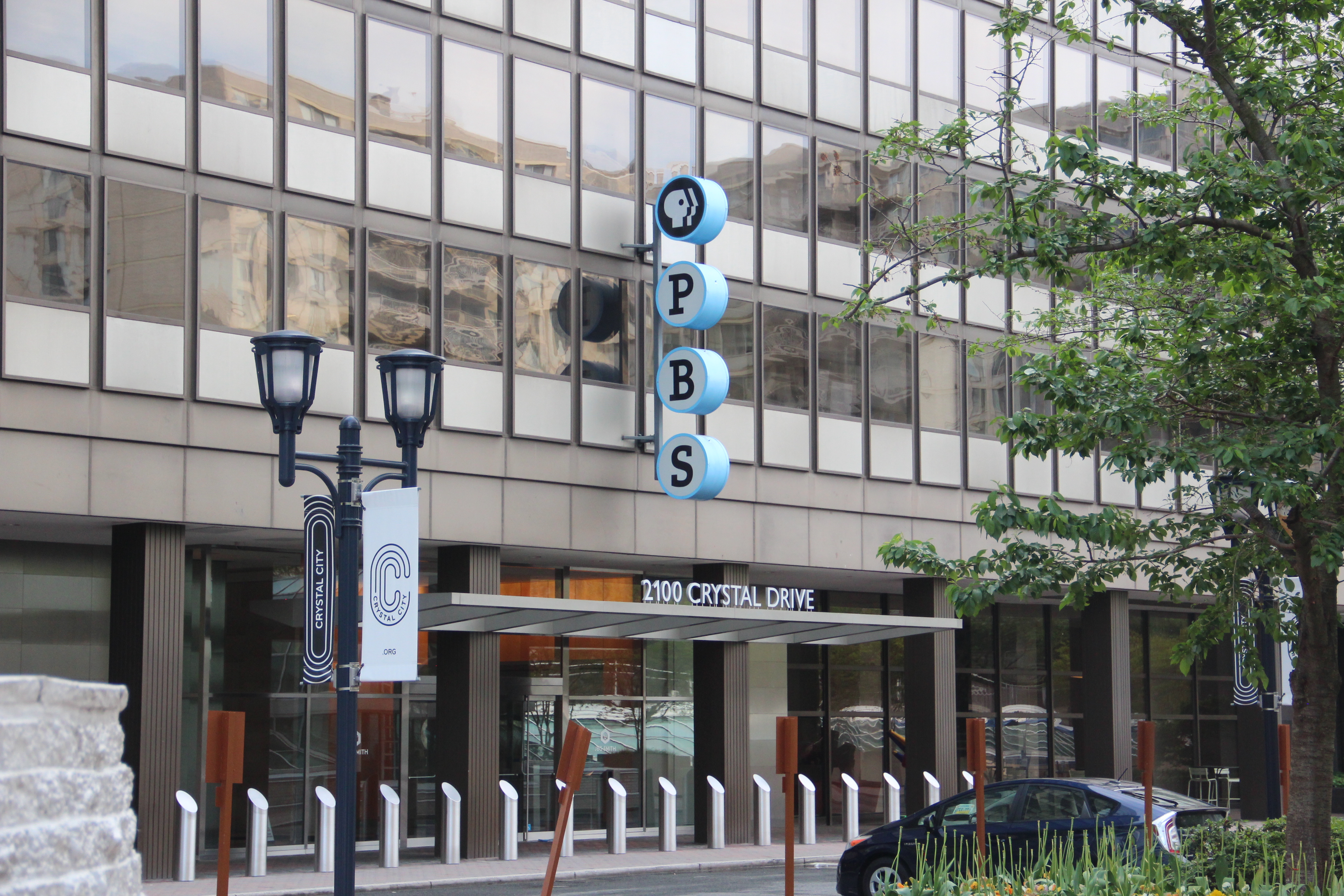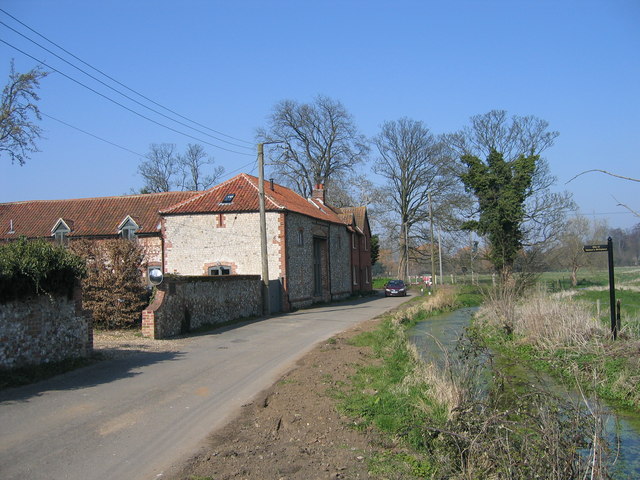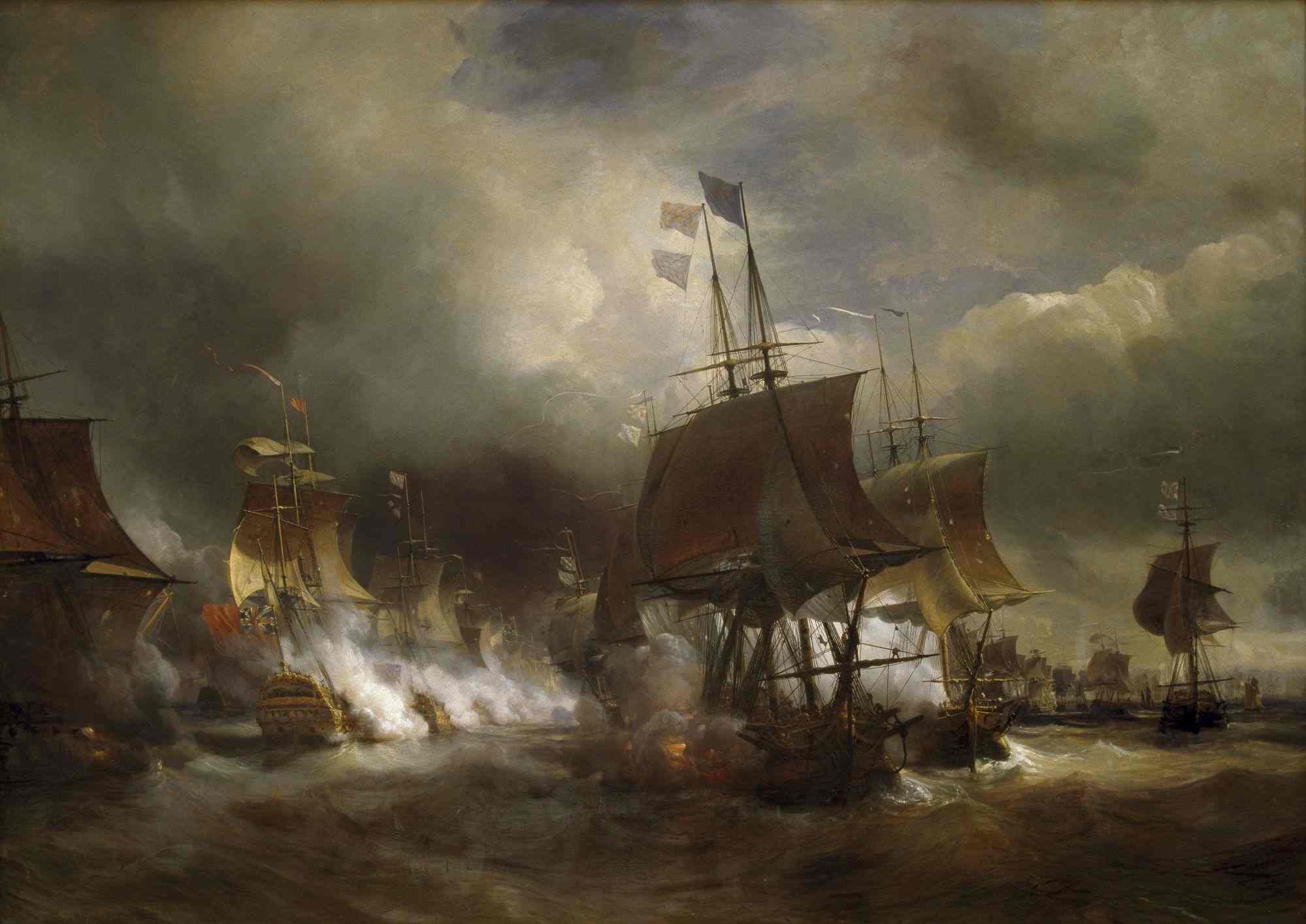|
HMS Mersey (1858)
The second HMS ''Mersey'' was commissioned in 1858, just six years after the first ''Mersey'' had been broken up. She and her sister ship the ''Orlando'' were the longest wooden warships built for the Royal Navy. At 336 feet in length, HMS ''Mersey'' was nearly twice the size of HMS ''Victory'', the flagship of Admiral Horatio Nelson at the Battle of Trafalgar. At 5643 tons displacement, she was certainly a large and impressive looking ship in her day. She was heavily armed, and in comparison to many of her counterparts was quite fast with an approximate speed of 12½ knots, achieving 13½ on trials. The length, the unique aspect of the ship, was actually an Achilles' heel of the ''Mersey'' and ''Orlando''. The extreme length of the ship put enormous strains on her hull due to the unusual merging of heavy machinery, and a lengthy wooden hull, resulting in her seams opening up. They were pushing the limits of what was possible in wooden ship construction: In 1875 ''Mers ... [...More Info...] [...Related Items...] OR: [Wikipedia] [Google] [Baidu] |
Naval Ensign Of The United Kingdom
The White Ensign, at one time called the St George's Ensign due to the simultaneous existence of a cross-less version of the flag, is an ensign worn on British Royal Navy ships and shore establishments. It consists of a red St George's Cross on a white field, identical to the flag of England except with the Union Flag in the upper canton. The White Ensign is also worn by yachts of members of the Royal Yacht Squadron and by ships of Trinity House escorting the reigning monarch. In addition to the United Kingdom, several other nations have variants of the White Ensign with their own national flags in the canton, with the St George's Cross sometimes being replaced by a naval badge omitting the cross altogether. Yachts of the Royal Irish Yacht Club wear a white ensign with an Irish tricolour in the first quadrant and defaced by the crowned harp from the Heraldic Badge of Ireland. The Flag of the British Antarctic Territory and the Commissioners' flag of the Northern Lig ... [...More Info...] [...Related Items...] OR: [Wikipedia] [Google] [Baidu] |
Nova (American TV Program)
''Nova'' (stylized as ''NOVΛ'') is an American popular science television program produced by WGBH in Boston, Massachusetts, since 1974. It is broadcast on PBS in the United States, and in more than 100 other countries. The program has won many major television awards. ''Nova'' often includes interviews with scientists doing research in the subject areas covered and occasionally includes footage of a particular discovery. Some episodes have focused on the history of science. Examples of topics covered include the following: Colditz Castle, the Drake equation, elementary particles, the 1980 eruption of Mount St. Helens, Fermat's Last Theorem, the AIDS epidemic, global warming, moissanite, Project Jennifer, storm chasing, Unterseeboot 869, Vinland, Tarim mummies, and the COVID-19 pandemic. The ''Nova'' programs have been praised for their pacing, writing, and editing. Websites that accompany the segments have also won awards. Episodes History ''Nova'' was first aired ... [...More Info...] [...Related Items...] OR: [Wikipedia] [Google] [Baidu] |
Steam Frigates Of The Royal Navy
Steam is a substance containing water in the gas phase, and sometimes also an aerosol of liquid water droplets, or air. This may occur due to evaporation or due to boiling, where heat is applied until water reaches the enthalpy of vaporization. Steam that is saturated or superheated is invisible; however, "steam" often refers to wet steam, the visible mist or aerosol of water droplets formed as water vapor condenses. Water increases in volume by 1,700 times at standard temperature and pressure; this change in volume can be converted into mechanical work by steam engines such as reciprocating piston type engines and steam turbines, which are a sub-group of steam engines. Piston type steam engines played a central role in the Industrial Revolution and modern steam turbines are used to generate more than 80% of the world's electricity. If liquid water comes in contact with a very hot surface or depressurizes quickly below its vapor pressure, it can create a steam explosion. Types ... [...More Info...] [...Related Items...] OR: [Wikipedia] [Google] [Baidu] |
HMNB Portsmouth
His Majesty's Naval Base, Portsmouth (HMNB Portsmouth) is one of three operating bases in the United Kingdom for the Royal Navy (the others being HMNB Clyde and HMNB Devonport). Portsmouth Naval Base is part of the city of Portsmouth; it is located on the eastern shore of Portsmouth Harbour, north of the Solent and the Isle of Wight. Until the early 1970s, it was officially known as Portsmouth Royal Dockyard (or HM Dockyard, Portsmouth); thereafter the term 'Naval Base' gained currency, acknowledging a greater focus on personnel and support elements alongside the traditional emphasis on building, repairing and maintaining ships. In 1984 Portsmouth's Royal Dockyard function was downgraded and it was formally renamed the 'Fleet Maintenance and Repair Organisation' (FMRO). The FMRO was privatized in 1998, and for a time (from 2002 to 2014), shipbuilding, in the form of block construction, returned. Around 2000, the designation HMS ''Nelson'' (which until then had been specific ... [...More Info...] [...Related Items...] OR: [Wikipedia] [Google] [Baidu] |
BBC Television
BBC Television is a service of the BBC. The corporation has operated a Public service broadcasting in the United Kingdom, public broadcast television service in the United Kingdom, under the terms of a royal charter, since 1927. It produced television programmes from its own studios from 1932, although the start of its regular service of television broadcasts is dated to 2 November 1936. The BBC's domestic television channels have no commercial advertising and collectively they accounted for more than 30% of all UK viewing in 2013. The services are funded by a television licence. As a result of the 2016 Licence Fee settlement, the BBC Television division was split, with in-house television production being separated into a new division called BBC Studios and the remaining parts of television (channels and genre commissioning, BBC Sport and BBC iPlayer) being renamed as BBC Content. History of BBC Television The BBC operates several television networks, television stations ... [...More Info...] [...Related Items...] OR: [Wikipedia] [Google] [Baidu] |
Public Broadcasting Service
The Public Broadcasting Service (PBS) is an American public broadcaster and non-commercial, free-to-air television network based in Arlington, Virginia. PBS is a publicly funded nonprofit organization and the most prominent provider of educational programming to public television stations in the United States, distributing shows such as '' Frontline'', '' Nova'', ''PBS NewsHour'', '' Sesame Street'', and '' This Old House''. PBS is funded by a combination of member station dues, the Corporation for Public Broadcasting, pledge drives, and donations from both private foundations and individual citizens. All proposed funding for programming is subject to a set of standards to ensure the program is free of influence from the funding source. PBS has over 350 member television stations, many owned by educational institutions, nonprofit groups both independent or affiliated with one particular local public school district or collegiate educational institution, or entities owne ... [...More Info...] [...Related Items...] OR: [Wikipedia] [Google] [Baidu] |
Battle Of Trafalgar
The Battle of Trafalgar (21 October 1805) was a naval battle, naval engagement between the British Royal Navy and the combined fleets of the French Navy, French and Spanish Navy, Spanish Navies during the War of the Third Coalition (August–December 1805) of the Napoleonic Wars (1803–1815). As part of Napoleon's plans to invade England, the French and Spanish fleets combined to take control of the English Channel and provide the Grande Armée safe passage. The allied fleet, under the command of the French admiral, Pierre-Charles Villeneuve, sailed from the port of Cádiz in the south of Spain on 18 October 1805. They encountered the British fleet under Horatio Nelson, 1st Viscount Nelson, Lord Nelson, recently assembled to meet this threat, in the Atlantic Ocean along the southwest coast of Spain, off Cape Trafalgar. Nelson was outnumbered, with 27 British Ship of the line, ships of the line to 33 allied ships including the largest warship in either fleet, the Spanish ''Span ... [...More Info...] [...Related Items...] OR: [Wikipedia] [Google] [Baidu] |
Chatham Dockyard
Chatham Dockyard was a Royal Navy Dockyard located on the River Medway in Kent. Established in Chatham in the mid-16th century, the dockyard subsequently expanded into neighbouring Gillingham (at its most extensive, in the early 20th century, two-thirds of the dockyard lay in Gillingham, one-third in Chatham). It came into existence at the time when, following the Reformation, relations with the Catholic countries of Europe had worsened, leading to a requirement for additional defences. Over 414 years Chatham Royal Dockyard provided more than 500 ships for the Royal Navy, and was at the forefront of shipbuilding, industrial and architectural technology. At its height, it employed over 10,000 skilled artisans and covered . Chatham dockyard closed in 1984, and of the Georgian dockyard is now managed as the Chatham Historic Dockyard visitor attraction by the Chatham Historic Dockyard Trust. Overview Joseph Farington (1747-1821) was commissioned by the Navy Board to ... [...More Info...] [...Related Items...] OR: [Wikipedia] [Google] [Baidu] |
Admiral Horatio Nelson
Vice-Admiral Horatio Nelson, 1st Viscount Nelson, 1st Duke of Bronte (29 September 1758 – 21 October 1805) was a British flag officer in the Royal Navy. His inspirational leadership, grasp of strategy, and unconventional tactics brought about a number of decisive British naval victories during the French Revolutionary and Napoleonic Wars. He is widely regarded as one of the greatest naval commanders in history. Nelson was born into a moderately prosperous Norfolk family and joined the navy through the influence of his uncle, Maurice Suckling, a high-ranking naval officer. Nelson rose rapidly through the ranks and served with leading naval commanders of the period before obtaining his own command at the age of 20, in 1778. He developed a reputation for personal valour and firm grasp of tactics, but suffered periods of illness and unemployment after the end of the American War of Independence. The outbreak of the French Revolutionary Wars allowed Nelson to return to service, ... [...More Info...] [...Related Items...] OR: [Wikipedia] [Google] [Baidu] |
HMS Victory
HMS ''Victory'' is a 104-gun first-rate ship of the line of the Royal Navy, ordered in 1758, laid down in 1759 and launched in 1765. She is best known for her role as Lord Nelson's flagship at the Battle of Trafalgar on 21 October 1805. She additionally served as Keppel's flagship at Ushant, Howe's flagship at Cape Spartel and Jervis's flagship at Cape St Vincent. After 1824, she was relegated to the role of harbour ship. In 1922, she was moved to a dry dock at Portsmouth, England, and preserved as a museum ship. She has been the flagship of the First Sea Lord since October 2012 and is the world's oldest naval ship still in commission, with years' service as of . Construction In December 1758, William Pitt the Elder, in his role as head of the British government, placed an order for the building of 12 ships, including a first-rate ship that would become ''Victory''. During the 18th century, ''Victory'' was one of ten first-rate ships to be constructed. The outline ... [...More Info...] [...Related Items...] OR: [Wikipedia] [Google] [Baidu] |









